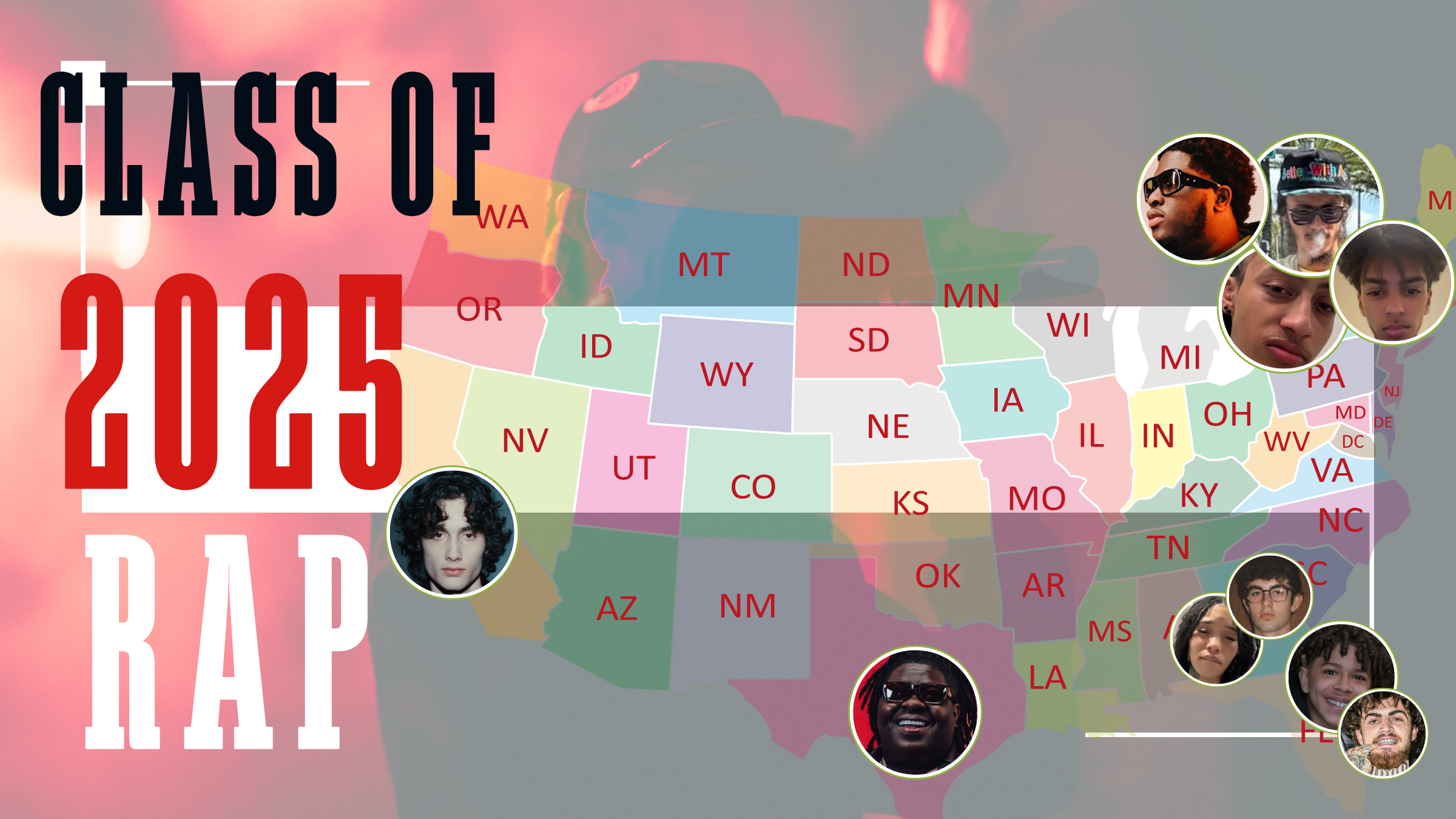"In deserts both modern and ancient, man has always gone to burn something—ego, illusion, sin, or offering. But what happens when the fire no longer knows what it is consuming?"
On August 30th, 2025, in the twilight of a dust-swept evening on the Black Rock Desert, a man was found dead.
Face-down. Alone. In a pool of blood.
The burning of the giant effigy known only as "The Man" had just begun. Thousands danced and wept, screamed and prayed, as flames consumed the towering figure that symbolized release. But for one unnamed festivalgoer, the ritual became literal. The fire had claimed a body before the effigy ever crumbled.
What unfolded in that moment was not simply a tragedy. It was a rupture. And what rose from that rupture is a question no one at Burning Man wants to answer:
Is this still art? Or has it become sacrifice?
Burning Man began in 1986 with the innocent incineration of a wooden man on a San Francisco beach. Since then, it has grown into a mythological mega-ritual—a weeklong carnival of radical expression, techno-paganism, and intentional community. But underneath the LEDs and feathers, the playa has always been a mirror of something older, darker, more primal.
Every year, over 70,000 attendees descend on Nevada’s alkali flats, bringing not only elaborate costumes and mutant vehicles, but also a hunger—not for entertainment, but transcendence.
For many, Burning Man is a church. For others, a spiritual proving ground. And for a growing number, it is becoming something frighteningly close to an unwitting re-enactment of ancient religious sacrifice.
The substances used today in festival culture—LSD, psilocybin, ayahuasca, ketamine—are not recreational novelties. They are derivatives of the same sacred medicines used by the Aztecs, the Egyptians, the Dogon tribes of Mali. Shamans once guided these journeys with chants and preparation. Today, festivalgoers dose themselves in the chaos of blaring sound systems and flickering lights, chasing ego death while surrounded by strangers.
Some camps at Burning Man mimic the structure of temples. Some ceremonies involve blindfolds, chanting, circles, and guided trauma release. The Orgy Dome—destroyed this year by winds said to reach 50 mph—was itself not just a sexual space but a symbolic reenactment of the mystery cults of Dionysus: surrendering form, identity, inhibition, and merging into the collective body.
That the Dome collapsed this year has been viewed by some not as coincidence, but omen.
The same week the Orgy Dome fell, a body did too. A man. Alone. Bleeding into the desert floor. Found not far from where "The Man" was preparing to burn.
The sheriff's office has opened a homicide investigation. But for those who have long viewed Burning Man as a ritual space rather than a party, the message was already written in ash: the gods have taken their due.
Death, Decay, and Desire in the Desert: What Really Happened at Burning Man 2025?https://t.co/puocFqvfep#blackrockcity #burningman #burningman2025 pic.twitter.com/3B9D3oDbmD
— Atlantic Insider (@atlanticinsi) September 1, 2025
The final Sunday of the festival saw the Temple of the Deep burn in silence. Created by Spanish architect Miguel Arraiz García, the structure was inspired by the Japanese practice of kintsugi—repairing broken pottery with gold. Attendees placed photos of lost parents, children, lovers, and written confessions inside the temple. They wept openly. Some knelt. Some screamed. It burned clean. It burned slow.
And as it did, one couldn’t help but wonder: was this release, or reckoning?
The demographics of Burning Man have not changed. It remains largely white (69%), male (60%), and upper-middle class. Critics call it a privileged playground masquerading as a revolution. But perhaps something more dangerous is happening: perhaps it is becoming a sacred machine with no priest, a ritual with no boundaries, a temple with no theology.
Alex Jones, in his signature apocalyptic style, suggested this death and collapse signal that Burning Man has become a pagan death rite disguised as counterculture. He may be wrong about the details. But what if he's right about the pattern?
Across history, human cultures have burned symbols to commune with gods, to summon rain, to process grief, or to consecrate war. When you combine those same instincts with synthetic psychedelics, techno beats, unprocessed trauma, and 110-degree heat—something ancient begins to wake.
And it doesn't always ask permission.
The man who died will likely be remembered with a makeshift altar. A cross in the sand. A name whispered at the next temple burn. But the question his death raises will linger in the smoke:
What are we really burning?
Our illusions? Our pasts? Or each other?




.png)


